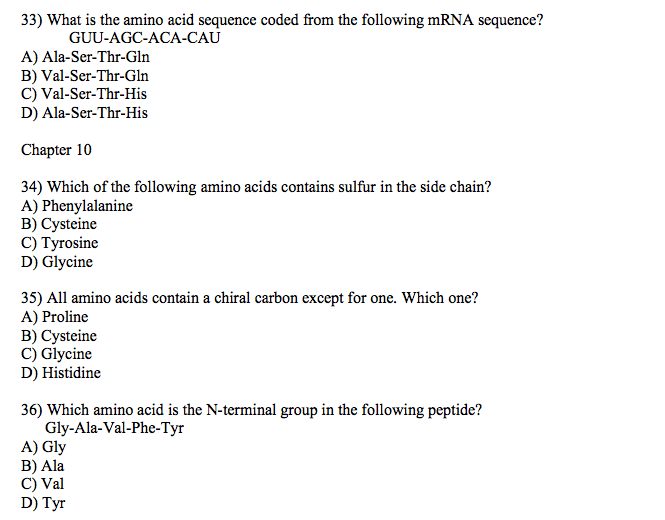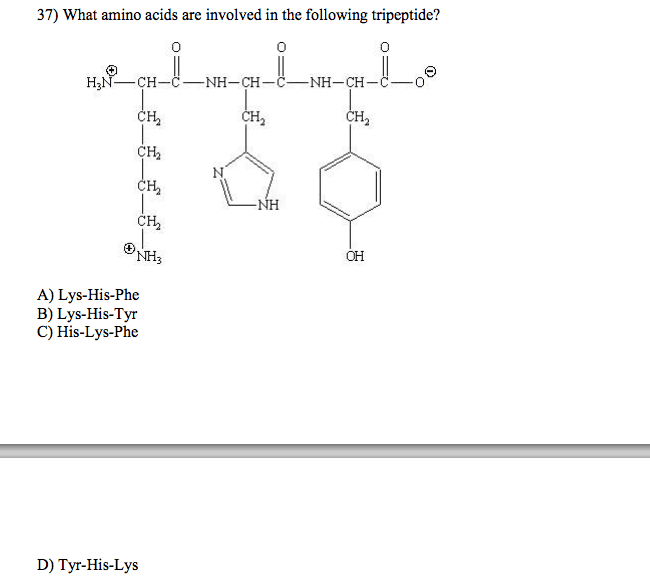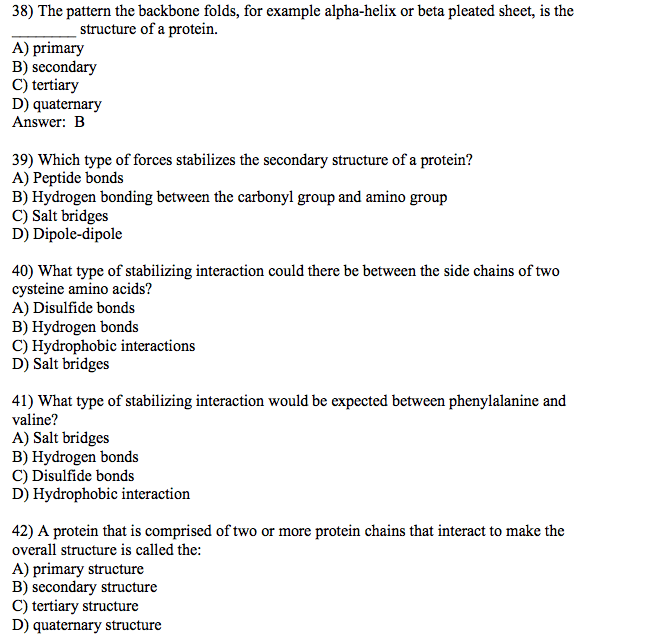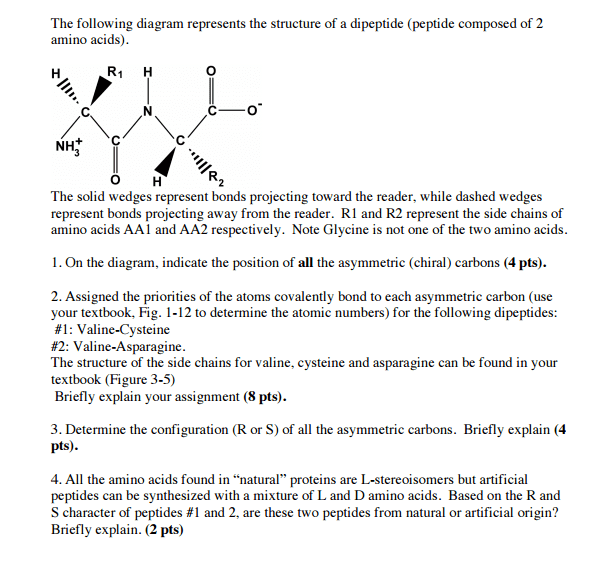BCHM-3050 Lecture Notes - Lecture 6: Edman Degradation, Myoglobin, Hemoglobin

Chapter 5: Introduction to Proteins
Protein Biosynthesis
DNA is transcribed to form mRNA in the nucleus (eukaryotes).
mRNA is then exported to the cytoplasm via carrier proteins.
mRNA is translated into a linear peptide sequence of amino acids to make a 3D structure.
a-Amino Acid Structure
One amino group and one carboxylic acid group attached to a “a-carbon”.
oThis is shared by all amino acids – they all have this structure
The R-groups are the residues/side chains that distinguish the 20 amino acids.
***They are responsible for individual properties of each amino acid.
When the residue is NOT a 2nd hydrogen atom, the a-carbon is an “asymmetric center”, so the amino
acids are chiral, EXCEPT GLYCINE!!
At pH of 7, the amino acid nitrogen is protonated and the carboxylic acid is deprotonated.
oAll of the amino acids for a “zwitterion”, which is a compound with both positive and negative
charges, and a net charge of 0.
a-Amino Acid Stereochemistry
The ball and stick model shows the 3D arrangement of the atoms in an a-amino acid.
oWhen there are 4 different groups attached to an sp3 hybridized carbon atom, that atom is then
said to be chiral, or have a stereocenter.
The Fischer projection represents the stereochemistry of an amino acid in both the 2D form and the 3D
form.
All a-amino acids, EXCEPT GLYCINE, contain an asymmetric carbon:
o2 amino acids (threonine and isoleucine) contain a 2nd asymmetric carbon
oEach chiral amino acid has to be L or D
oMirror images = enantiomers
For the purpose of translation, ONLY THE L-ISOMERS OF CHIRAL AMINO ACIDS ARE USED!!
The D-isomers do have some physiological roles.
Aromatic Amino Acids
Typtophan, Tyrosine, and Phenylalanine.
They have proteins that can be measured at the UV absorbance at 280 nm, which is dominated by Tyr
and Trp.
Nucleic acids absorb most strongly at 260 nm.
20 Common Amino Acids
Organize the amino acids according to the physical & chemical properties of the side chain residues.
The residues can be polar/non-polar, charged/neutral, aromatic, etc.
oAliphatic = contain only carbons and hydrogens
oOnly aspartic acid if the carboxylic acid chain is protonated
Titration Curve of Histidine
The charge on histidine, specific ally +2 to -1.
The lower the pKa, the stronger the acidic character
To get the Pi, find the species that is 0 overall, and look at the 2 surrounding pKa’s.
opH BELOW the Pi, makes an overall charge on the molecule to be POSITIVE
opH ABOVE the Pi, makes an overall charge on the molecule to be NEGATIVE
Local Environment = the 3D space around each amino acid or protein and its side chain.
find more resources at oneclass.com
find more resources at oneclass.com






